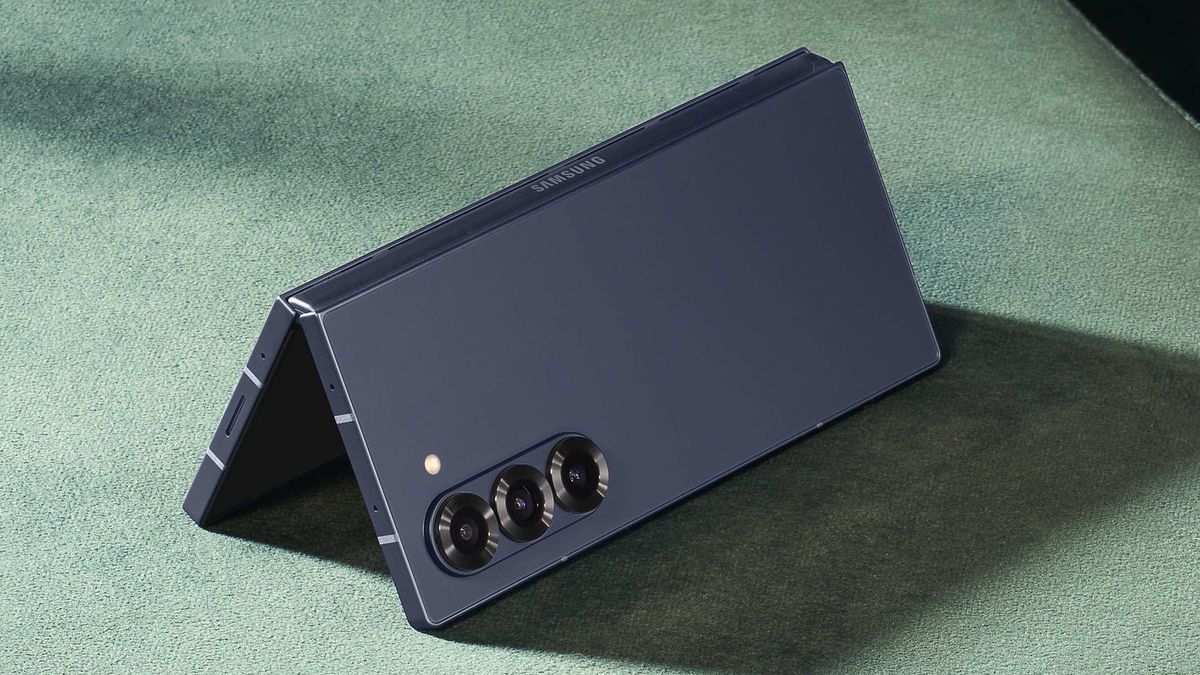Few things in science seem as delicate or as delicate as the giant mirrors at the heart of modern telescopes. These mirrors — donuts of glass several feet in diameter, weigh tons, and cost millions of dollars — are polished into the precise concavity needed to reflect starlight from the other end of the moon, within a fraction of a wavelength of visible light collect and focus the universe.
When not working, they are sheltered in tall domes that protect them from moisture, wind, and temperature changes. But that cannot protect them from all the vicissitudes of nature and humanity, as I was reminded during a recent visit to the Las Campanas Observatory in Chile.
When my hosts showed off one of their prized telescope mirrors—20 feet of gleaming, flawlessly curved, aluminum-coated glass—I couldn’t help but notice a small, suspicious stain. It looked like a stain you might find on your windshield in the morning, especially if you had parked under a tree.
“Birds,” grumbled one astronomer when asked what they were.
It happens all the time, other astronomers say. Michael Bolte, now professor emeritus at the University of California, Santa Cruz, recalled giving the Wyoming governor a tour of the Wyoming Infrared Observatory outside of Laramie in 1981. “We went onto the service platform and looked down and there was bird droppings all over the mirror,” he said. “It looked awful.”
Not only birds can deface a mirror. Mike Brotherton, the current director of the Wyoming Observatory, posted to Facebook a picture of frost that had accumulated on his mirror while the dome was open for observation. “It’s hard to keep a mirror spotless,” he said. “It’s a balance between opening to take data and protecting the mirror.”
Bird remains hold a special place in astrophysical lore. In the early 1960s, radio astronomers Arno Penzias and Robert Wilson, both then at Bell Labs, attempted to calibrate an old horn antenna to study galaxies. To get rid of a persistent background hum, they scooped copious amounts of pigeon guano out of their telescope, only to eventually learn that the hum was cosmic: it was the hissing remnants of Big Bang radiation, and it begged the question of whether the universe had a definite beginning.
Luckily, such biodegradable insults to mirrors are temporary and don’t block much light. Observatories regularly wash their mirrors, removing the old aluminum coatings and applying a new coat as required Removing the mirror from the telescope.
This can be a delicate operation. Last fall, the 8-meter-diameter primary mirror of the Gemini North telescope on Mauna Kea, Hawaii, buckled at its outer edge while being moved for cleaning and recoating. The damage didn’t affect the part of the mirror that collects light, but the telescope’s managers decided to fix it anyway. On March 31, Jen Lotz, the director of the observatory, reported that the repairs were complete and so on the telescope, she hoped, would be operational again sometime in May.
Some things are less easy to fix. On February 5, 1970, a new employee at the McDonald Observatory in West Texas took a gun to work and opened fire, first at his boss and then several times at point-blank range at the primary mirror of the observatory’s new 2.7-meter reflecting telescope. Then he hit it with a hammer.
Preliminary reports indicated that the mirror had been destroyed; When the sheriff arrived he noticed that there was a big hole in it. In fact, the mirror, a common type called Cassegrain, was designed and built with central holes to let light through to the instruments behind.
Nobody was injured in the attack. And apart from seven small bullet holes, which affected only about 1 percent of the mirror surface, the telescope remained virtually intact.
“The telescope resumed its observing program the following night,” said observatory director Harlan Smith of the University of Texas. reported to the International Astronomical Union soon afterwards “produced some of the best photographs (of quasar fields) yet made with this instrument in its first year of use”.
That means telescope glass is tougher than you think. When I first visited the 200-inch Hale Telescope atop Palomar Mountain in California — an initiation rite for a young science writer — I was surprised to discover dinner while peering down the barrel of what was then the world’s largest and most famous telescope – Plate-sized wound left by a tool dropped by a worker years earlier.
dr Bolte described a close attempt at the Canada-France-Hawaii telescope on Mauna Kea. He and a colleague were up in the dome working on a camera in the telescope when they noticed the covers that normally protected the mirror were open. They managed to radio the ground and close the covers.
“We did everything we wanted to do and prepared to come down,” wrote Dr. Bolte in a Facebook conversation. “You counted all the tools you brought to the primary focus cage and made sure the count on the way up matched the count on the way down. Just as I was saying to Bob, ‘I think we’re missing a tool,’ a large crescent wrench fell out of the cage and made an incredible noise, hitting the mirror cover.”
The most famous example of what can go wrong with a mirror happened in 1990 when the Hubble Space Telescope was launched with a misshapen mirror that couldn’t focus.
Astronauts were able to fix it, and Hubble is still going strong. But the episode prompted NASA to be extra cautious with Hubble’s successor, the James Webb Space Telescope, planning extensive testing that greatly increased the telescope’s cost and construction time.
The Webb was spectacularly and successfully launched on December 25, 2021, but space is also a shooting range. The telescope had barely started operating when it was struck by a larger-than-expected micrometeorite, leaving a tiny crater in one of the telescope’s mirror segments. NASA has since changed its protocols to minimize the time the telescope is aimed at meteor showers.
And so it goes. The cosmos has a way of guarding its secrets.





